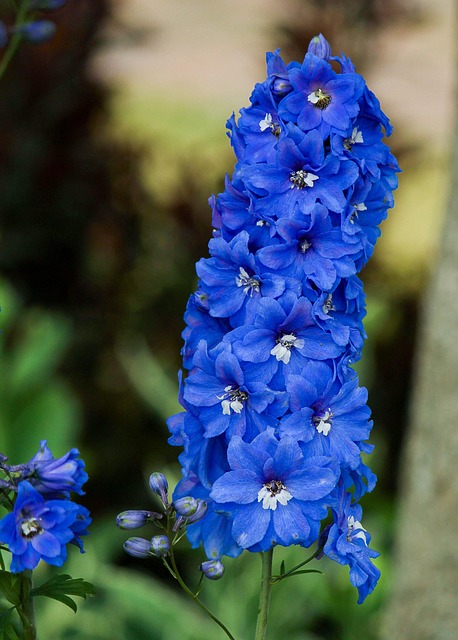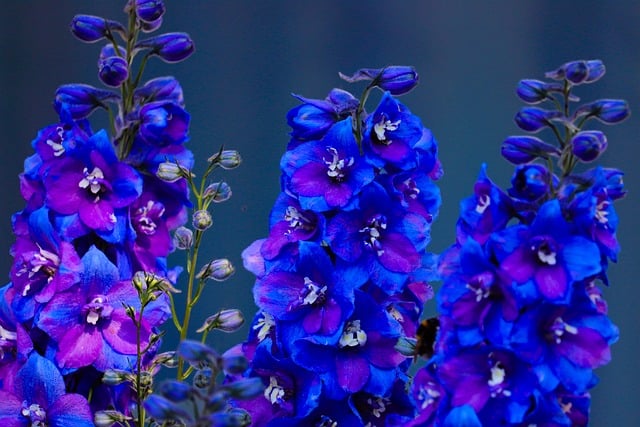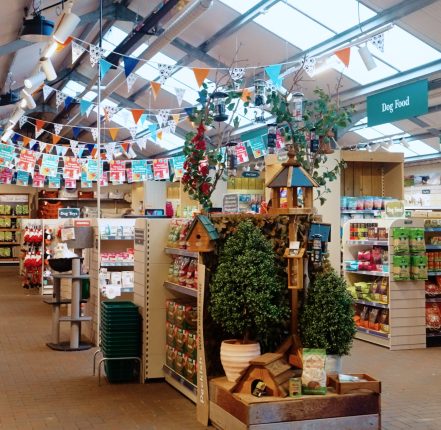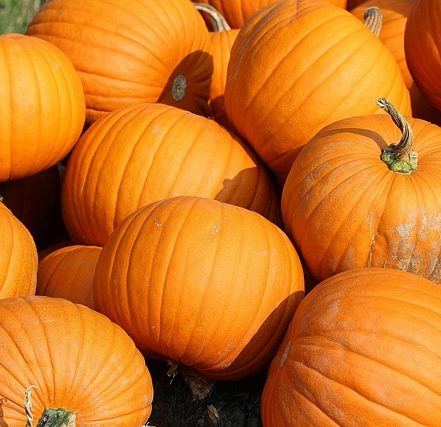Few flowers capture the essence of a traditional British garden quite like the delphinium. With their towering spires and vivid hues ranging from deep indigo to soft pastels, delphiniums bring a touch of drama and elegance to borders and beds alike. Whether you’re a seasoned gardener or just starting out, delphiniums offer a rewarding challenge and a spectacular payoff. Their stately presence and rich colours make them a centrepiece in any summer garden. With the right care and attention, these floral towers can return year after year, bringing joy and grandeur to your outdoor space.
Top tips for growing delphiniums:
Delphiniums thrive in well-drained soil and full sun, though they appreciate a bit of shelter from strong winds due to their height. They’re best planted in fertile soil enriched with compost or well-rotted manure. Regular feeding and staking are essential to keep them upright and flourishing throughout the summer.
- Plant in spring or autumn for best results.
- Space them adequately to allow air circulation and prevent mildew.
- Deadhead spent blooms to encourage a second flush later in the season.
- Cut back after flowering and mulch well before winter.
Varieties to consider
There’s a wide range of cultivars available, in various colours. For a truly striking display, mix shades of blue, lavender, white, and even pink.
Companion planting
Delphiniums pair beautifully with Roses, Foxgloves, and Peonies, creating a quintessential cottage garden look. Their vertical form adds structure and contrast to softer, mounding plants like Lady’s Mantle and hardy Geraniums.
While stunning, delphiniums are toxic if ingested, so they’re best kept away from pets and small children. Always wear gloves when handling them, especially during pruning.






